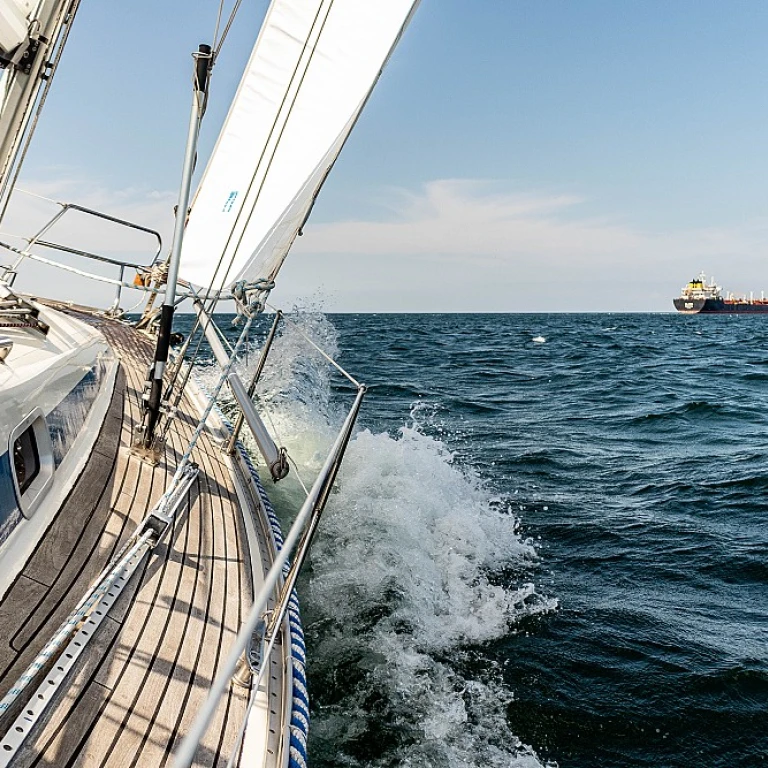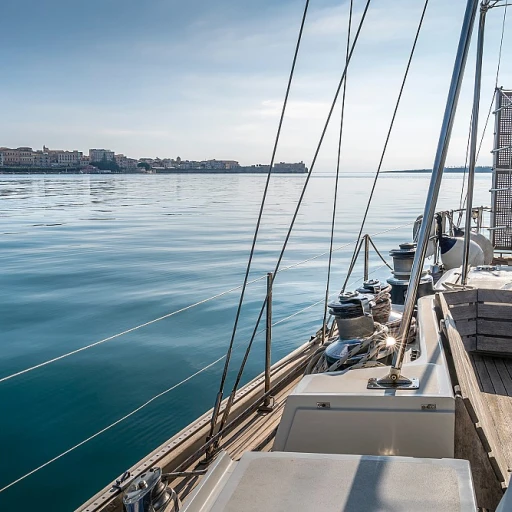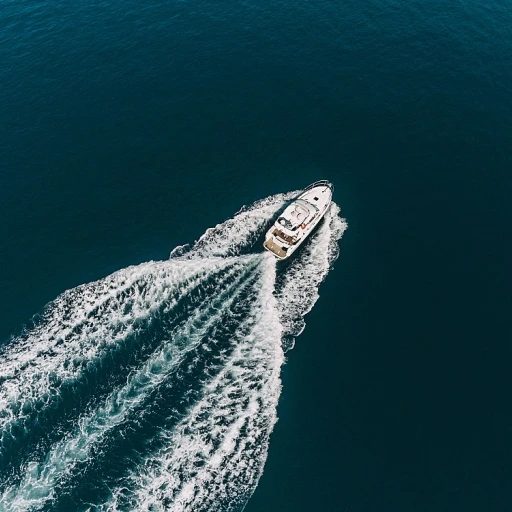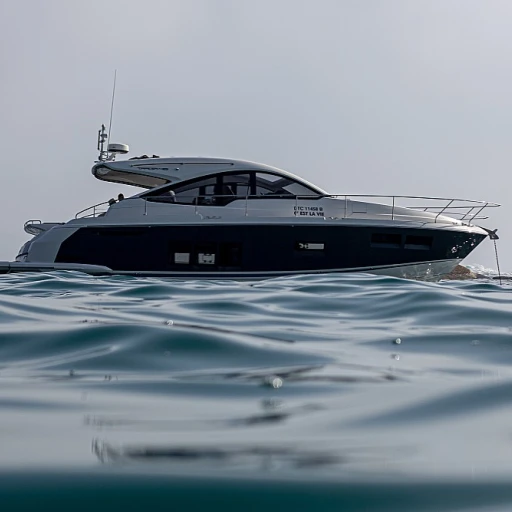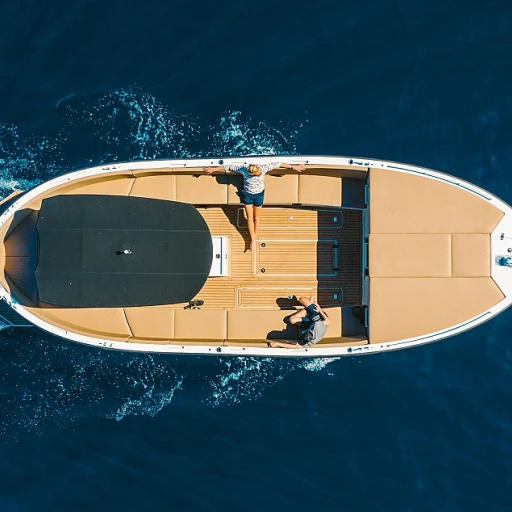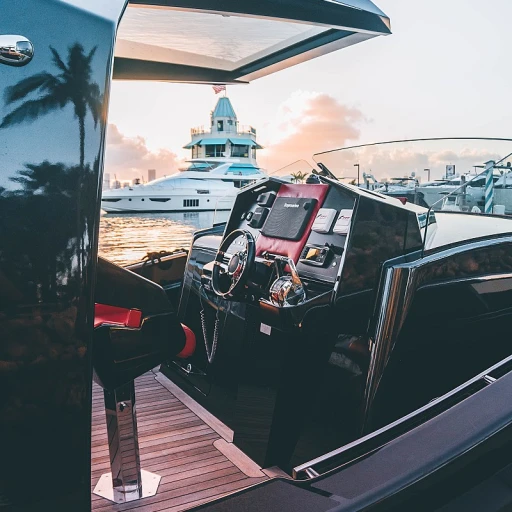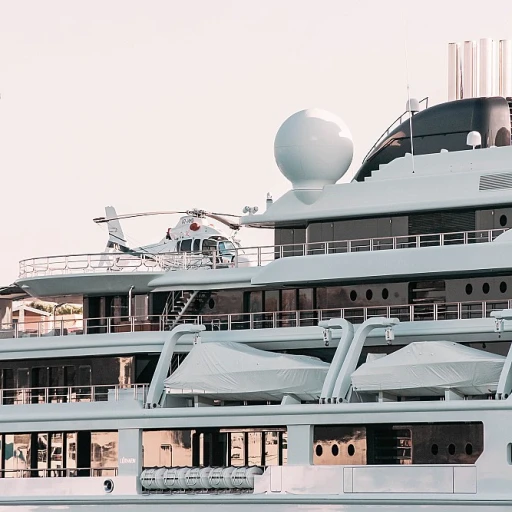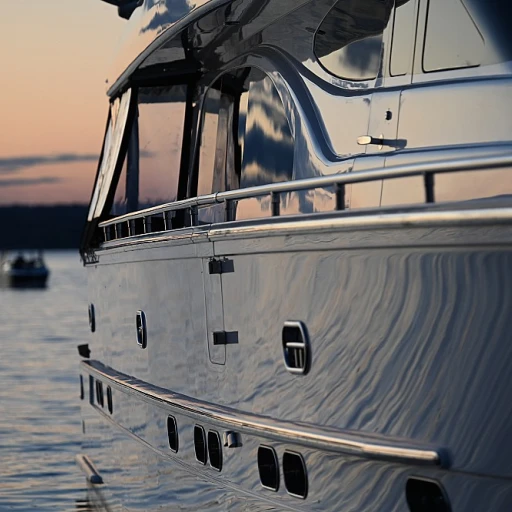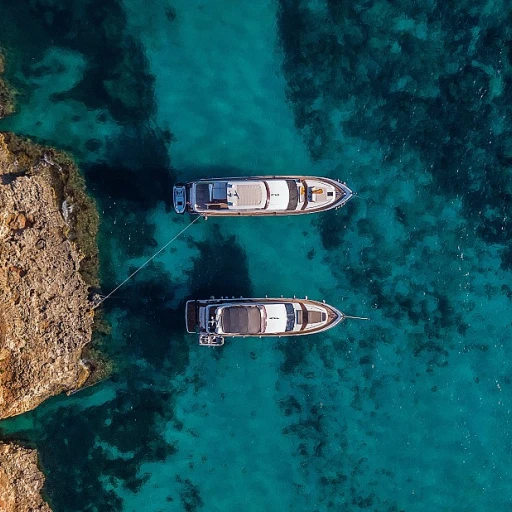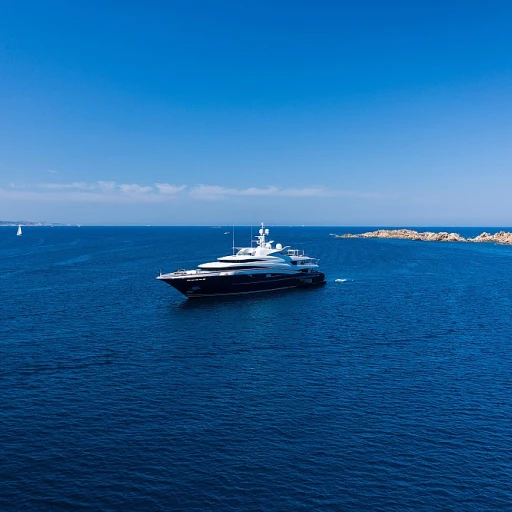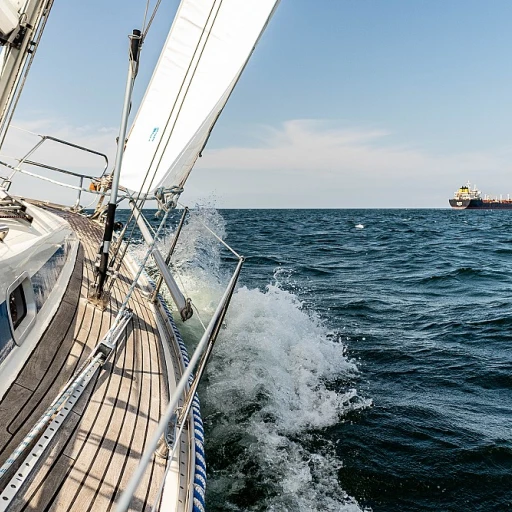Understanding Fish Finders
Demystifying Fish Finders for Your Pontoon Adventure
Fish finders have become a pivotal accessory for anyone serious about fishing from a pontoon boat. These devices use advanced sonar technology to scan the surrounding water and deliver real-time data on fish location, depth, and underwater structures. Fish finders come equipped with various features tailored to improve your fishing experience. They typically include a screen to view sonar readings, a transducer to emit and receive sonar waves, and a processing unit to interpret the data. Brands like Humminbird, Garmin, and Lowrance are renowned for producing some of the best fish finders on the market, each offering unique advantages suited for pontoons and other types of fishing boats. When selecting a fish finder, consider the screen size and clarity, as these will affect how easily you can interpret the sonar information. Units like the Garmin Striker series are praised for their easy-to-read displays and reliable depth finders. Additionally, many devices offer enhanced features such as side imaging and Helix Chirp transducer technology to provide a detailed view of what's beneath your vessel. Pairing your pontoon boat with the right fish finder can significantly boost your fishing success. For those prepared to invest, higher-priced models offer advanced functionalities, but even budget-friendly options can yield excellent results. Understanding how these finders work is the first step to getting the most out of your pontoon fishing expeditions. Discover more about these essential tools and the complexity of fuel connectors in outboard engines to deepen your knowledge of pontoon essentials.Choosing the Right Fish Finder for Your Pontoon Boat
Factors to Consider When Selecting a Unit
When choosing the right fish finder for your pontoon boat, several factors will guide your decision to ensure you make a valuable investment. Considering the brand and model is crucial, with options such as Garmin Striker, Lowrance Elite, and Humminbird Ice dominating the market. Each brand offers unique features tailored to different fishing needs, so understanding what your priorities are is key.- Screen Size and Display: The screen size significantly impacts your fishing experience. A larger display offers a clearer view, especially under strong sunlight, which is common on pontoon boats. Look for models with a vivid display for the best fish finding experience.
- Transducer and Sonar: Fish finders operate effectively with a quality transducer. Different mounting options such as transom mount and trolling motor mount cater to various setups. Sonar technology, including side imaging and helix chirp, enhances your ability to scout for fish across different depths and water conditions.
- Budget and Price: Determine your budget ahead of time. With prices ranging from budget-friendly to premium, there are options available for every angler. The depth finder you choose should balance cost and the specific features necessary for your fishing style.
- Installation Requirements: Consider fish finders with easy installation options. For pontoon boats, boat mount finders that come with minimal parts accessories make for a smooth setup process, better suited for DIY enthusiasts.
Understanding the Type of Fishing You Do
Every pontoon boat owner has their unique fishing preferences, whether it's casual sport fishing or more professional endeavors. Your fishing habits will influence your choice of fish finder. For fishing in deeper waters, a powerful sonar with robust depth capabilities is essential. Similarly, if ice fishing is in your plans, consider options like the Humminbird Ice Helix for an optimized experience in winter conditions. Finally, don't overlook the importance of reading reviews and consulting resources such as understanding the essentials of outboard boat gas tanks to gain further insights into optimizing all components of your pontoon boat for a successful outing.Installation Tips for Fish Finders on Pontoon Boats
Optimizing Installation of Your Fish Finder
When it comes to outfitting your pontoon boat with a fish finder, proper installation is crucial for the best performance and fishing experience. Whether you're using a Humminbird or Garmin Striker unit, following certain guidelines can ensure you get the most accurate sonar readings and depth information.- Choosing the Right Spot: The first step in installation involves selecting an ideal location for the transducer. Typically, mounting it on the transom is effective, ensuring it stays submerged in the water for accurate readings. Ensure it's positioned below the waterline to prevent air bubbles from interfering with the sonar waves. If your boat includes a trolling motor, a bow mount or trolling motor-specific transducer might be a viable option.
- Ensuring Proper Alignment: Once the transducer is placed correctly, make sure it's aligned parallel to the water surface. This alignment is crucial for an accurate view and helps prevent any misreading of depth by your depth finder.
- Cable Routing: Carefully route the cables from the transducer to the fish finder's screen. Avoid areas susceptible to damage or interference; running them alongside power cables can lead to signal interference which diminishes clarity in depth finders.
- Screens and Mounts: The placement of the screen is also an important consideration. Positions with easy viewing from the helm are advantageous. Using a secure fish finder mount ensures stability, especially in choppy waters. In terms of screen size, units like the Striker Vivid or Lowrance Elite offer a range of options that suit different boat layouts and personal preferences.
- Power Supply: Finally, sync the fish finder's power supply with your pontoon’s power system. This step involves determining compatibility with VHF radios or other electronic accessories, safeguarding against power fluctuations.
Maximizing the Use of Your Fish Finder
Getting the Most Out of Your Fish Finder
Enhancing your pontoon boat experience with a fish finder involves more than just installation. It's about maximizing its use to ensure you get the best value for your investment. Whether you have a Garmin Striker, Humminbird Ice Helix, or a Lowrance Elite, understanding your device's features is crucial.- Fine-Tuning the Settings: Start by adjusting the sensitivity settings on the sonar to accommodate different water depths. In murkier waters, a higher sensitivity might be needed, whereas clearer waters can benefit from lower settings for reducing noise.
- Screen Visibility: Consider your screen size and resolution. A larger, vivid screen can enhance the fishing experience, especially in bright sun. Whether you are using a transom mount or a trolling motor setup, ensure your fish finder screen is clearly visible and easily accessible.
- Understand Side Imaging: If your unit offers side imaging, take advantage of this feature to view a wider area of the water, increasing your chances of locating fish schools. This is particularly beneficial when used in conjunction with a boat mount on your pontoon.
- Utilize GPS Functions: Many fish finders like the Garmin Striker have integrated GPS for more than just location marking. Use this to map the best fishing spots, track your paths, and ensure you stay within optimal fishing zones.
- Regular Updates and Maintenance: Ensure to update the software for your depth finder regularly. This can have new features that improve finding fish or even fixing bugs. Keep the transducer clean and check the connections to the screen regularly for any corrosion or damage.
Troubleshooting Common Fish Finder Issues
Dealing with Technical Hiccups
When you invest in a quality fish finder, it’s important to be prepared for the occasional troubleshooting that comes with maintaining your equipment. While some might think it's solely about fishing in deep water, there's a fair share of technicalities involved.One common issue is the transducer not transmitting sonar signals correctly. This could result from a poor boat mount or even debris encrusting the unit. Regularly check that the transducer is mounted securely and free from any obstruction.
Another hiccup you might encounter is a confused display on the screen. When the depth finder presents incorrect details, ensure the depth settings are calibrated carefully. Units like the Garmin Striker and Lowrance Elite are precise but can misinterpret data if settings are off.
For those employing trolling motors on their pontoon, interference is a frequent issue. Ensure that the fish finder cables are well-separated from power cables to avoid this. If you persistently struggle, you might consider parts accessories designed to curb interference.
If your Humminbird unit experiences sudden power loss, inspect the connections and ensure that the battery terminals are clean. In cold conditions, ensure your ice helix finder is designed to handle temperature drops effectively.
A depth view that doesn't correlate with what you measure physically can stem from outdated software or firmware in your unit. Frequently updating these systems, possibly through the manufacturer's website, can resolve inconsistencies.
Always remember, regular maintenance of your fishing boat accessories might prevent several of these issues from arising, ensuring your time out on the water remains uninterrupted.

